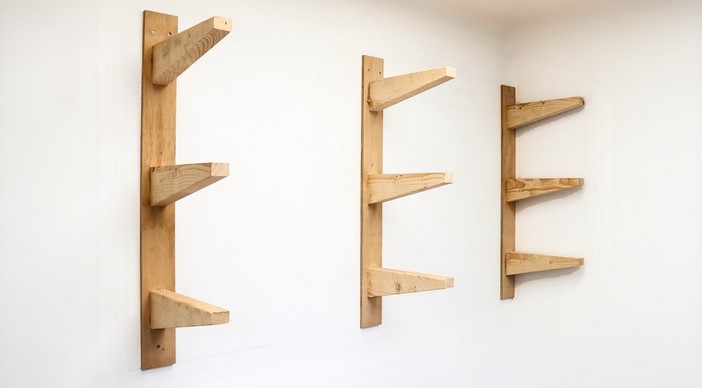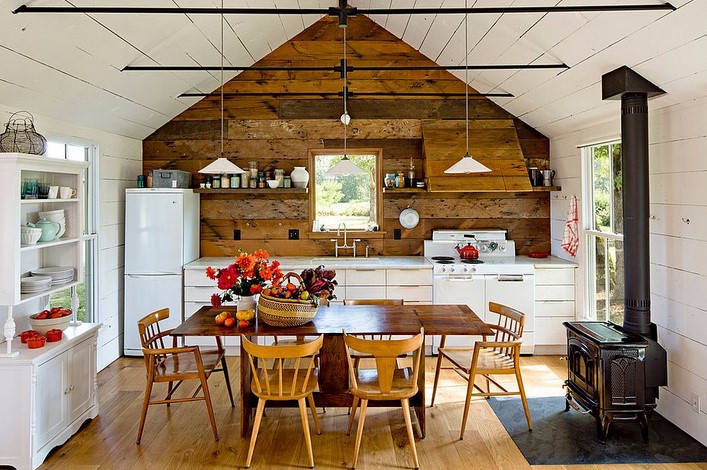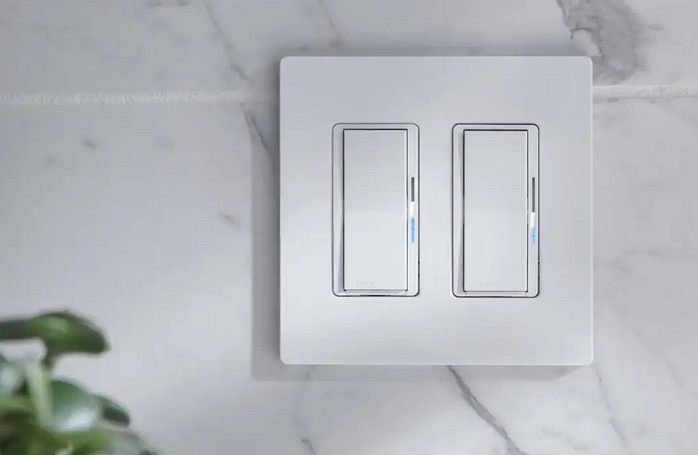
“Iron Clad: How to Clean a Rusty Cast Iron Pan” is a comprehensive guide that provides detailed instructions on how to restore and maintain a rusty cast iron pan. This guide explores the causes of rusting, the tools needed for cleaning, and the step-by-step process of removing rust. It also offers tips on how to prevent future rusting, ensuring your cast iron pan remains in optimal condition for cooking. Whether you’re a professional chef or a home cook, this guide will help you extend the lifespan of your cast iron cookware.
Step-by-Step Guide: How to Clean a Rusty Cast Iron Pan
Cast iron pans are a beloved staple in many kitchens due to their durability, heat retention, and versatility. However, they can be prone to rust if not properly cared for. This article will provide a step-by-step guide on how to clean a rusty cast iron pan, restoring it to its former glory.
Firstly, it’s important to understand why cast iron pans rust. Iron, the primary component of these pans, reacts with oxygen and moisture in the air to form iron oxide, commonly known as rust. This process, known as oxidation, can be accelerated if the pan is left wet or not properly seasoned. Seasoning, a process of baking oil onto the pan to create a natural non-stick surface, also protects the pan from moisture, preventing rust.
Now, let’s delve into the process of cleaning a rusty cast iron pan. Begin by gathering your materials. You’ll need a non-metallic scrub brush or sponge, dish soap, white vinegar, and vegetable oil. It’s crucial to avoid using metallic scrubbers or steel wool, as these can further damage the pan.
Start by washing the pan with warm water and dish soap, using the scrub brush or sponge to remove any loose rust. Be sure to scrub both the inside and outside of the pan. Once you’ve removed as much rust as possible, rinse the pan thoroughly to remove any soap residue.
Next, prepare a vinegar bath for your pan. Mix equal parts of water and white vinegar in a container large enough to submerge your pan. Immerse the pan in this solution and let it soak for one to three hours. The acidity of the vinegar will help to dissolve the remaining rust. However, avoid soaking the pan for more than three hours, as prolonged exposure to vinegar can damage the iron.
After soaking, scrub the pan again to remove any lingering rust. Rinely thoroughly and immediately dry the pan. It’s essential to dry the pan promptly and thoroughly to prevent further rusting. You can use a towel for initial drying, then place the pan on a stove over low heat to evaporate any remaining moisture.
Once the pan is completely dry, it’s time to re-season it. Apply a thin layer of vegetable oil to the entire pan, including the handle and bottom. Place the pan upside down in a preheated oven at 375 degrees Fahrenheit for one hour. After an hour, turn off the oven but leave the pan inside to cool slowly. This process will bake the oil onto the pan, creating a protective layer that prevents rust.
In conclusion, while rusting is a common issue with cast iron pans, it’s not a death sentence. With a little time and effort, you can restore your rusty cast iron pan to its original, shiny state. Remember, the key to preventing rust is proper care and maintenance. Always dry your pan thoroughly after washing and regularly season it to protect against moisture. With these steps, your cast iron pan can provide years of cooking enjoyment.






















+ There are no comments
Add yours